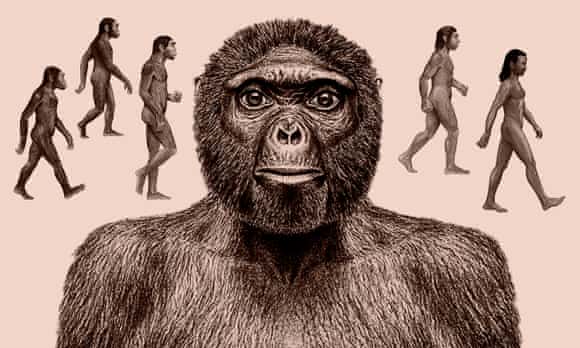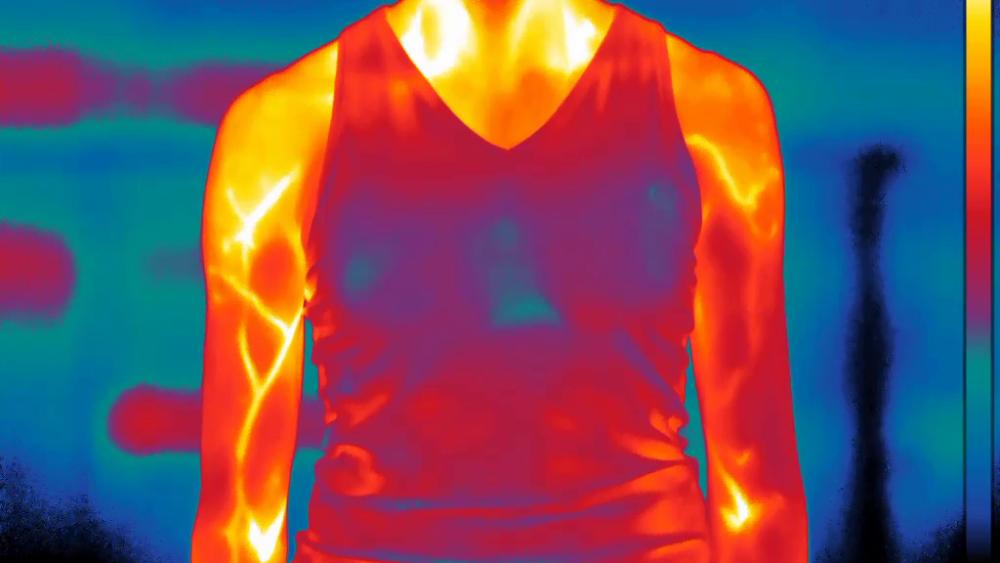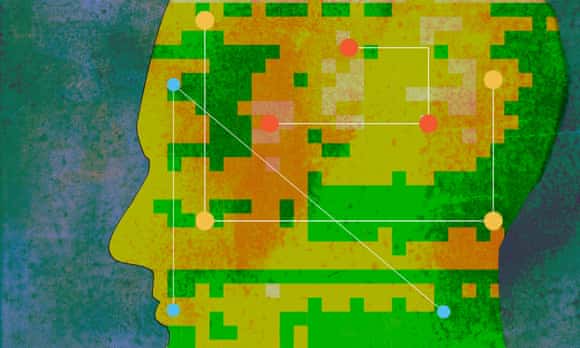 | Lab notes: So long Indiana Jones? Archaeology goes high-tech |  |  Indiana Jones arrives in the Kingdom of the Crystal Skull to find the lidar team has already arrived. Sadness ensues. Photograph: David James/AP
| Tash Reith-Banks
| This week's biggest stories Jaws have dropped as new laser scanning techniques revealed an ancient Mexican city that archaeologists say may have had as many buildings as Manhattan. Groundbreaking lidar scanning is showing the true scale of Angamuco, which was built by the Purépecha from about 900AD. From that sublime news to the utterly ridiculous: experts are having to voice their concern about the rise of DIY faecal transplants. It seems people need to be warned that, although some really promising science suggests links between gut microbes and a host of health problems, jumping ahead of scientists and following a Youtube video to do it at home is a really daft idea. Step away from your laptops, people, or accept the consequences and a Darwin award. Worrying in a different way is the news that compounds called perfluoroalkyl substances – found in non-stick pans, packaging and some carpets – may contribute to obesity. They have already been potentially linked to cancer, high cholesterol and immune problems. This will cheer you up though: ants are officially incredible. Researchers have observed "paramedic ants" treating their injured comrades, cleaning wounds and possibly even administering antibiotics to prevent infection. Make sure you watch the video, it's pretty cool. And speaking of cool (well, he's cold), one of our reporters, Matthew Taylor, is currently aboard the Arctic Sunrise on a Greenpeace expedition in the Antarctic– do you have any questions you'd like him to ask the scientists and experts on board? Let us know what they are. More news from Guardian Science | Sign up to Lab notes ___ Tracing the tangled tracks of humankind's evolutionary journey |  |  Our ancestry is still not entirely clear, although there is strong evidence for specimens such as Ardipithecus ramidus, centre , being a direct ancestor or very close to our lineage. Composite: Getty, Guardian Design Team
| The path from ape to modern human is not a linear one. Science correspondent Hannah Devlin looks at what we know – and what might be next for our species. More explainers from The briefing ___ Straight from the lab – top picks from our experts on the blog network |  | Hot stuff: the thermal cameras giving us a new way of seeing our bodies | Notes & theories Thermal cameras are about to give each of us a whole new way of seeing ourselves. The basic technology has been around for years, creeping along the path to maturity. But the latest cameras are finally able to show us the detail of the thermal world at a speed and with a resolution that comes close to a normal video camera. This is not a fuzzy, blurred world; it's varied, revealing, and astonishingly detailed. When the opportunity came up to put one of the latest cameras to the test, I had no hesitation about what I wanted to do: take it to my badminton club to watch my own body coping with the thermal stress created by running around after a shuttle. Friends, Romans, naked wolf-men ... why an ancient festival is still controversial | The Past and the Curious
Despite evidence of the importance of the Lupercalia festival, the actual sanctuary of the Lupercal is proving difficult to pin down. We know that the wolf-men started their ritual run from the cave, but its location has become a subject of controversy. The Italian archaeologist Andrea Carandini and his associates claimed to have discovered the site back in 2006, to great fanfare in the international press. However, other archaeologists demonstrated that the 'discovery' was already known in the late 19th century and it was in fact a nymphaeum, a fountain-like structure. What fossils reveal about the spider family tree is far from horrifying | Lost Worlds Revisited If you are seeking fossil spider paradise, then the Crato Formation in north-east Brazil might be for you. Fine-grained limestones laid down about 108 My ago, so a tad older than the new Myanmar species, preserve extraordinary detail of all manner of arachnids which sank to the bottom of a salty lagoon. Modern araneomorph spiders (the vast majority of spiders today, including the orb-webs, wolf spiders and jumping spiders) are present, as well as mygalomorphs, the arachnid group including tarantulas, bird-eating spiders and trap-door spiders. Scorpions are present and even tiny fossil parasitic acariform mites. Other, more niche, arachnids are also present: whip scorpions, whip spiders and camel spiders. Visit the Science blog network _____ Alex Bellos's Monday puzzle |  |  Did you draw a blank with this week's dot-to-dot grid puzzles? Photograph: Ikon Images/Alamy
| This week's puzzle is a grid-based dot-to-dot drawing extravaganza. So were your doodles dandy, or did it leave you gridlocked? Visit Alex Bellos's Adventures in Numberland blog for more marvellous maths ___
Eye on science – this week's top images
|  |  The fluid instability patterns on top of a soap bubble. Photograph: Mr Li Shen, Imperial College Lo/PA
| The week the winners of the Engineering and Physical Sciences Research Council photo competition were announced. The competition allows researchers and doctoral students to share another side of their work; some of it is beautiful, all of it is fascinating, as this gallery shows. | | Guardian News & Media Limited - a member of Guardian Media Group PLC. Registered Office: Kings Place, 90 York Way, London, N1 9GU. Registered in England No. 908396 |
| | | |
No comments:
Post a Comment